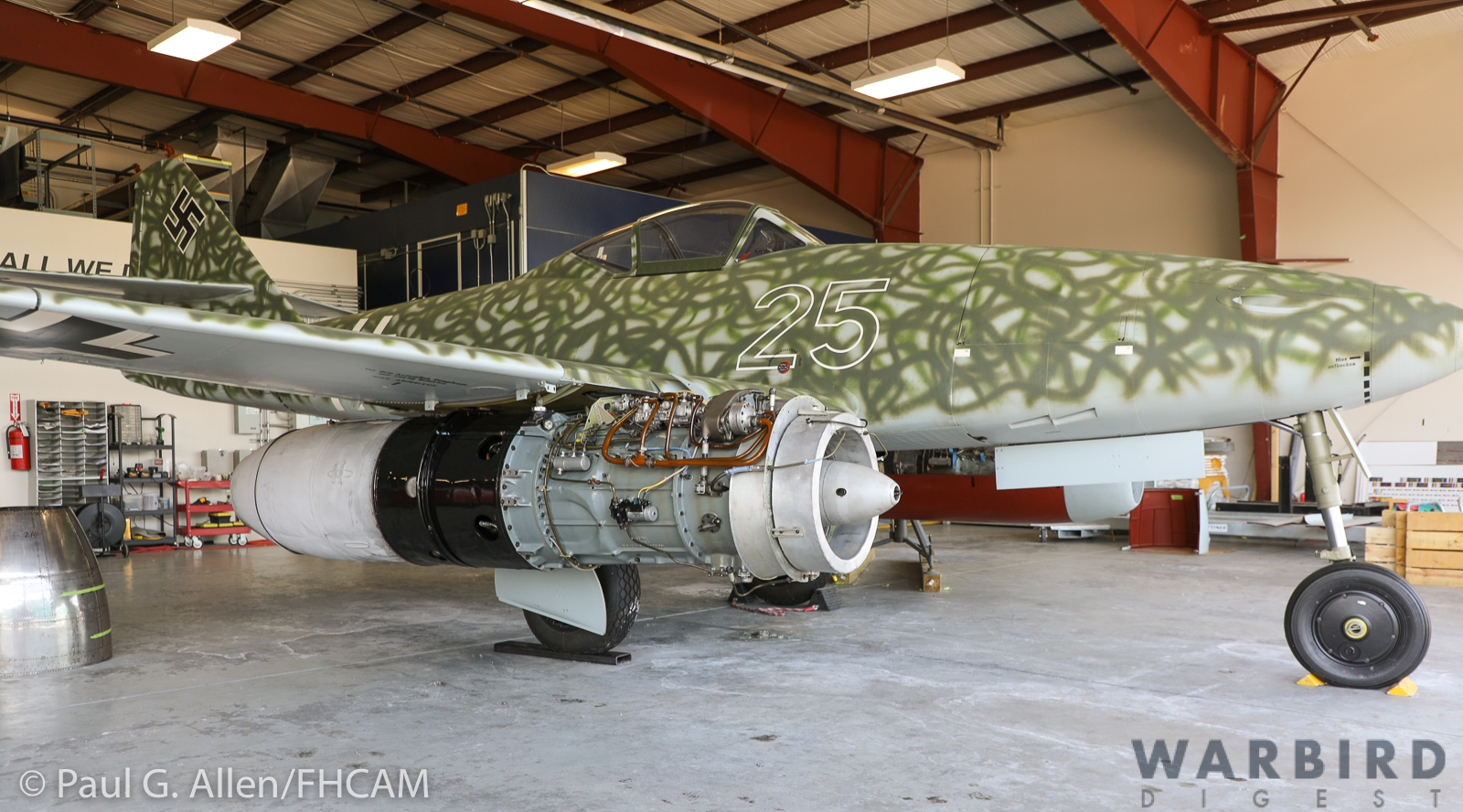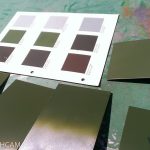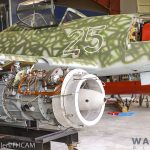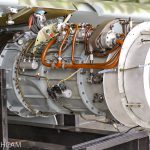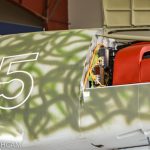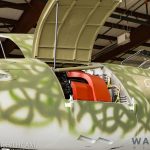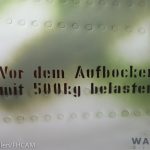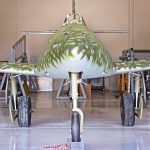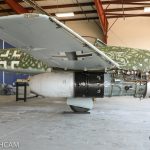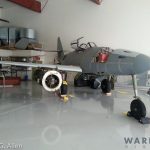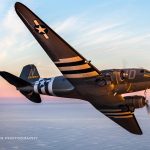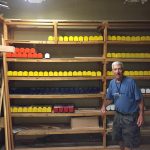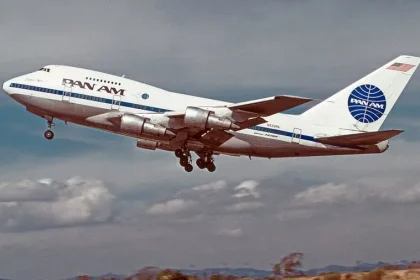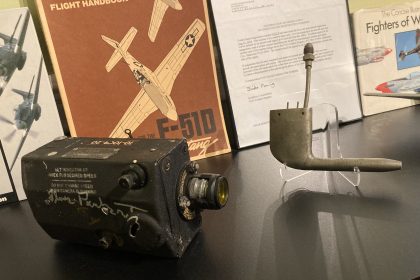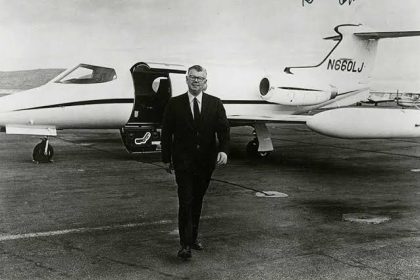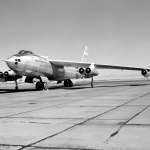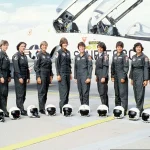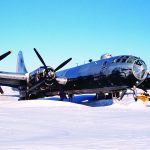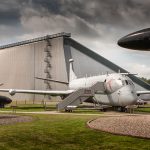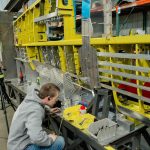Today, in an exclusive for Warbird Digest Magazine, we can reveal the paint scheme and new photographs of the the Flying Heritage and Combat Armor Museum’s Messerschmitt Me 262 (wk.nr. 500453), which is moving ever-closer to the completion of its restoration in Arlington, Washington, just north of the museum’s home in Everett. The paint scheme that the museum has chosen is almost identical to the one that the aircraft once wore during its brief flying career.

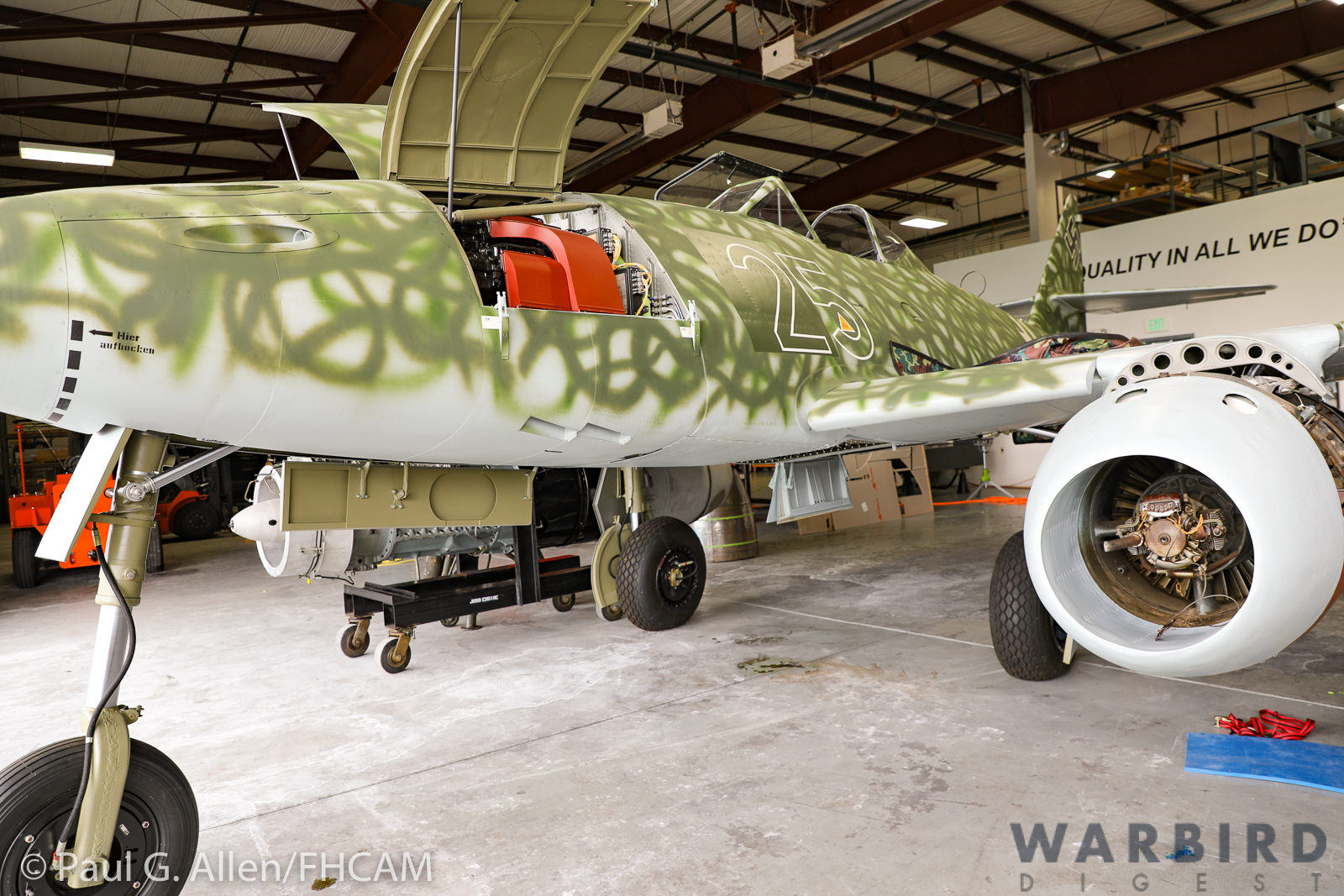
Aircraft History:
By the war’s final months, Allied bombing efforts in Germany had so disrupted aircraft production that most formal factories were essentially non-functional. Instead, aircraft production took place in improvised locations such as road tunnels, caves and even forests. In fact, the museum’s Me 262 went through final assembly in a waldwerk, or ‘forest factory’, in Obertraubling, near Regensburg, Germany during March, 1945. The completed aircraft was moved some 200km south, presumably by rail, to Memmingen where Messerschmitt factory pilot Sergeant Otto Kaiser flew the aircraft for the first time on March 14th, 1945. Following flight testing, the plane transferred to Eger, where it underwent conversion from a fighter into an unarmed photo-reconnaissance variant, with cameras in the nose instead of 30mm cannon.
As the museum records, “The plane was found in A-1a/U3 configuration, meaning the fighter had different nose hardware than the standard fighter-type Me 262. The 30mm guns were replaced with a pair of R6-50/30 vertical cameras in the nose compartment. These planes were unarmed and relied on speed and altitude to avoid tangling with Allied fighters. At the Lechfeld airfield, the plane came under the jurisdiction of the 54th Air Disarmament Squadron (ADS) of the U.S. Army in May of 1945. The German crosses on the sides of the plane were painted over with a United States roundels and bars. The swastika at the tail was also painted over. These aircraft were acquired by the U.S. as part of Operation Lusty; a mission to gain access to enemy aircraft, technical and scientific reports, research facilities, and weapons.”
Lt.Colonel Harold Watson lead the flight team within Operation Lusty. Better known as “Watson’s Whizzers” these pilots gathered enemy aircraft of technical interest from across the fallen Nazi empire. As with many of the aircraft recovered during Operation Lusty, the Me 262 was ferried to Cherbourg for shipment to the United States aboard the Royal Navy aircraft carrier HMS Reaper in July, 1945. The aircraft received the Foreign Equipment number FE-4012 while under evaluation.
“On the 17th of May 1946 Colonel Watson flew the aircraft to Patterson Field for the start of this series of trials. It was flown at Patterson and Wright Fields on test work for 4 hours and 40 minutes (8 flights), being flyable at Wright Field in August 1946. Flight trials were discontinued after four engine changes were required during the course of the tests, culminating in two single-engine landings. Around 1955, the plane (now in fairly rough shape) was acquired by Edward T. Maloney for his Planes of Fame Air Museum then at Claremont, California. The museum later moved, of course, to Ontario, California and finally Chino, California. The plane stayed in the museum’s collection for many years, undergoing one or more restorations. On display, the plane was marked in a “White Nine” color scheme copied from a photograph of another aircraft, which was scrapped on a dump near Munich following the war.”
Paul Allen purchased the Me 262 for his museum, then known as the Flying Heritage Collection, in 2000. Its restoration began at JME Aviation Ltd. in England during February 2007 and, following substantial work, continued at GossHawk Unlimited Inc. in Casa Grande, Arizona during 2010, and more latterly with Morgan Aircraft Ltd. in Arlington, Washington State. Aero Turbine in Stockton, California has restored the aircraft’s Jumo oo4B engines.
The final airframe assembly is underway, and as this article went to press, the engine installations were scheduled for completion later this week. Taxi trials are expected in June or July. Following the restoration’s completion, the Me 262 will be moved to Moses Lake for flight testing with Steve Hinton. The first flight is currently expected to take place late this fall, but current plans only extend to one flight, with the aircraft likely being grounded once it goes on display within the museum’s home at Paine Field in Everett, Washington.
Many thanks indeed to the Flying Heritage & Combat Armor Museum for making this article possible, and especially to FHCAM’s Michelle Donoghue for the details and photographs within.







